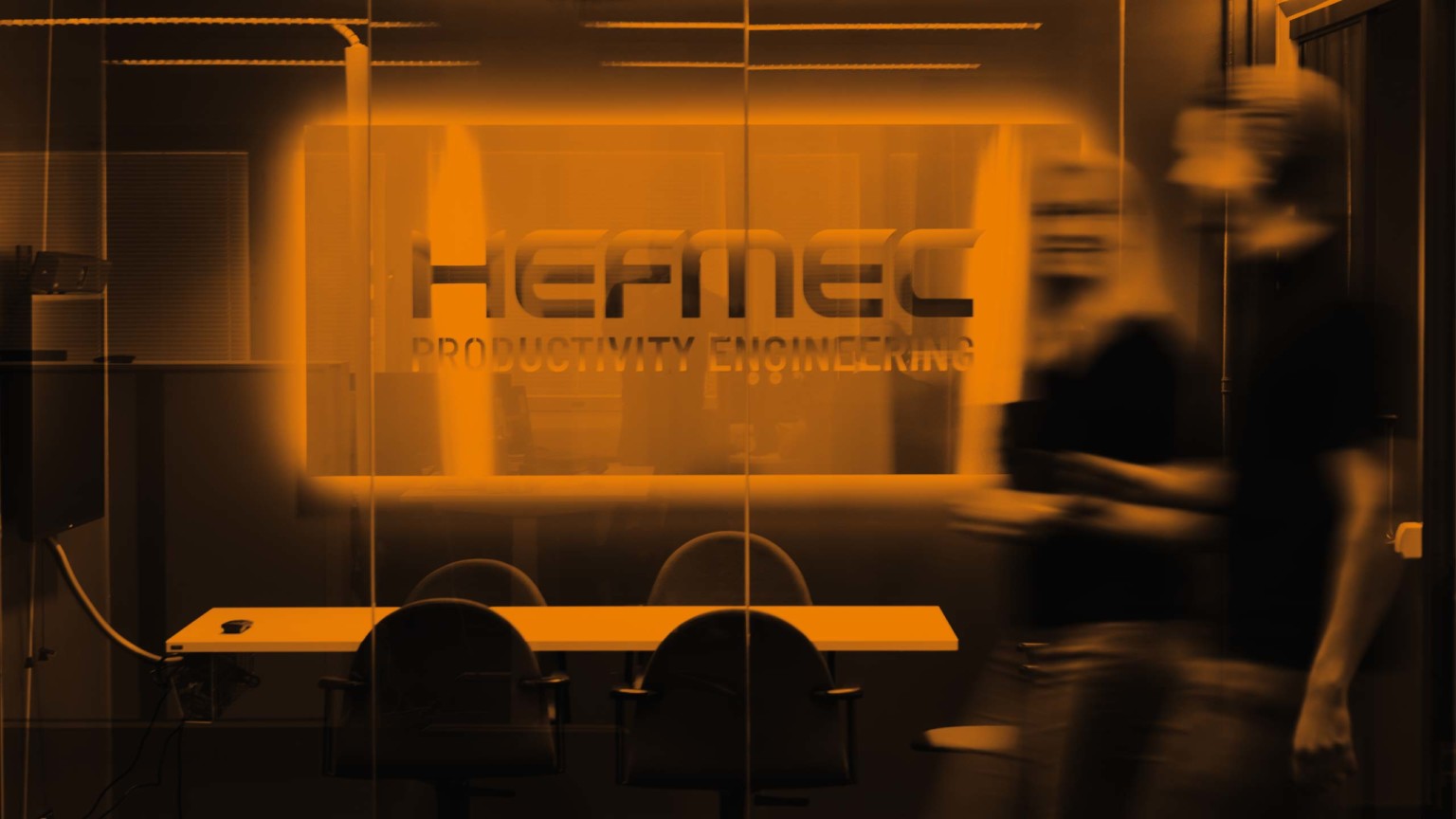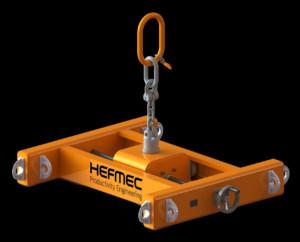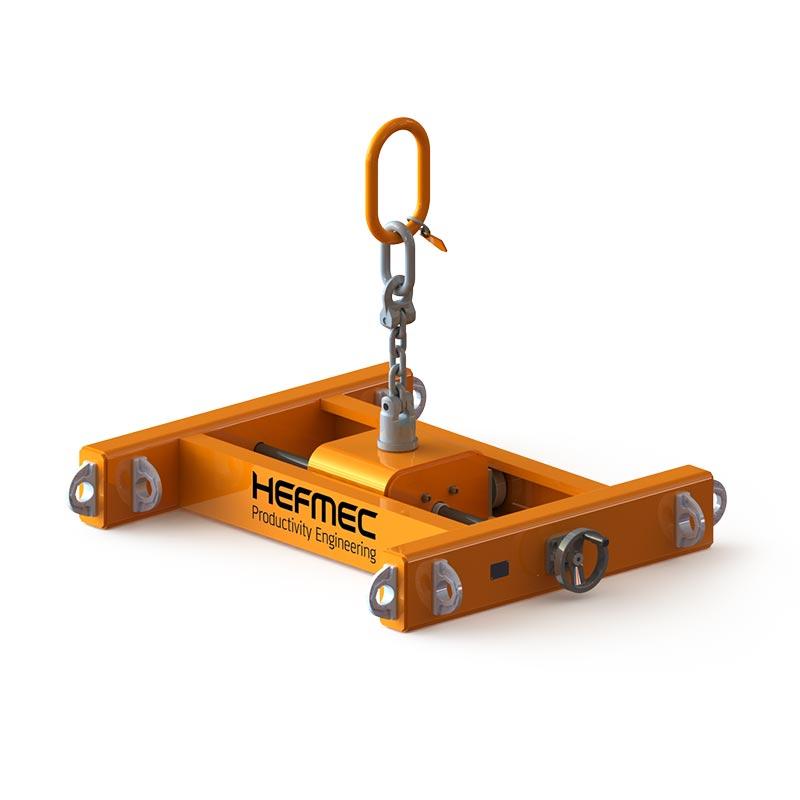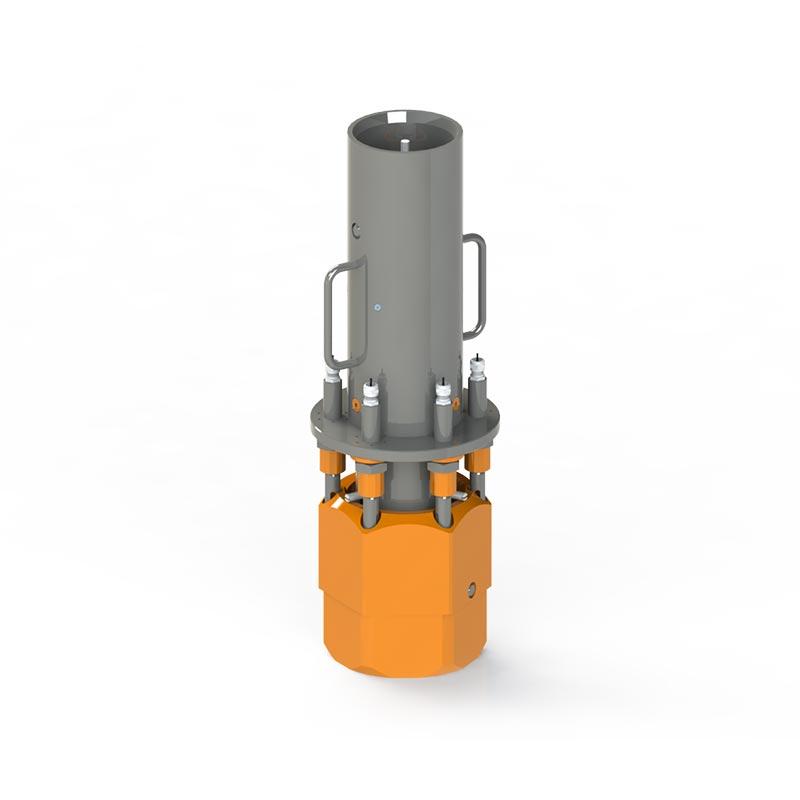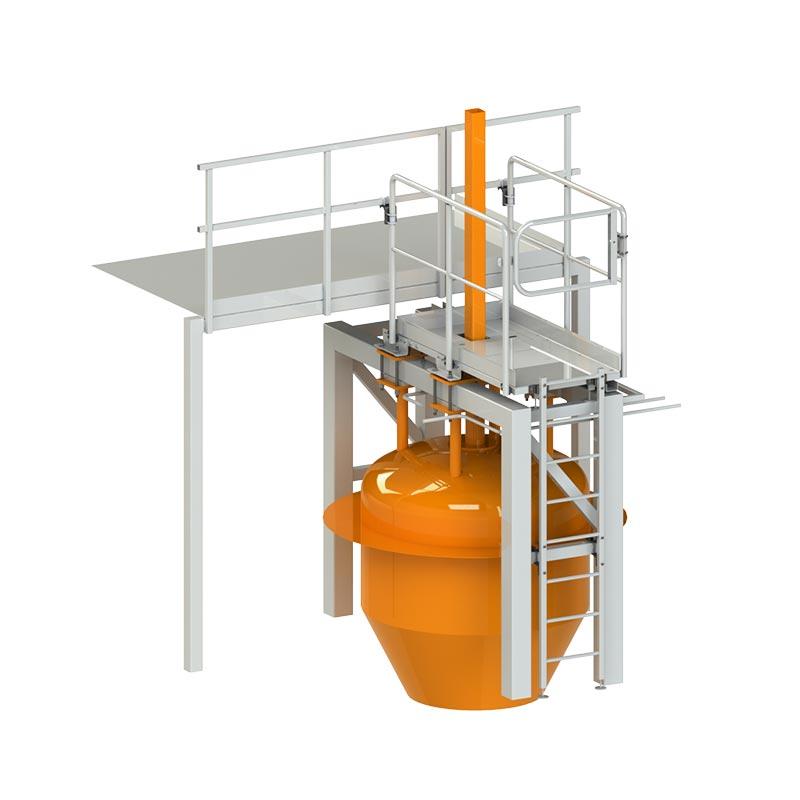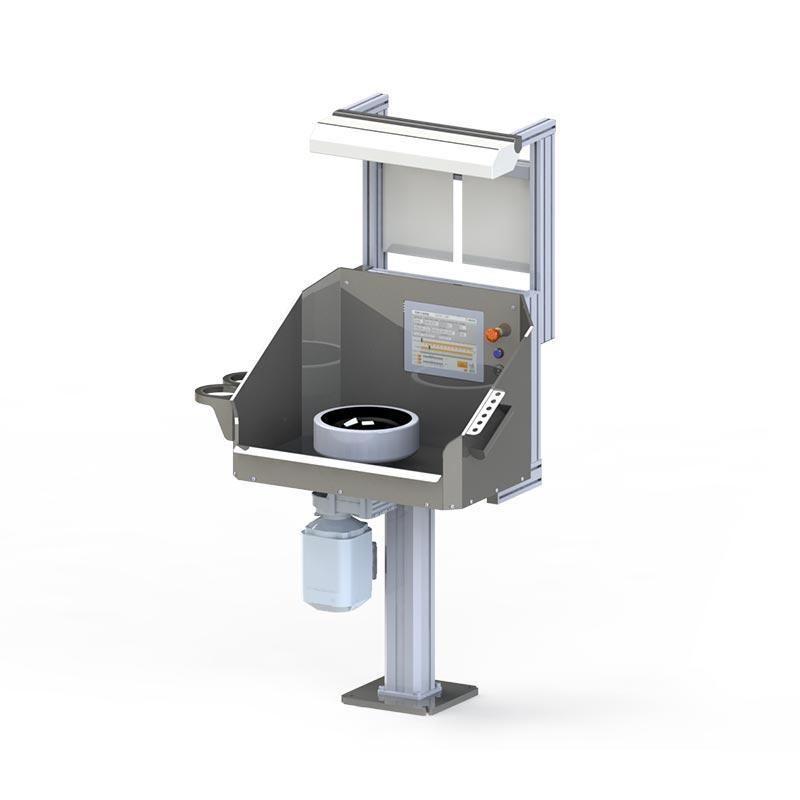The choice of lifting equipment for series production is a critical decision that directly affects the efficiency, safety and profitability of production. The right lifting equipment in a serial production environment allows for smooth material handling, reduces physical strain on workers and minimises production downtime. The best solutions are found by understanding the characteristics of the different lifting options and matching them to the specific needs of the production line.
What lifting accessories are commonly used in serial production?
Industrial series production uses a wide range of lifting equipment, the most common of which are overhead travelling cranes, boom cranes, chain hoists, rope hoists and pneumatic cranes. The choice of these industrial cranes depends on the weight of the load to be lifted, the lifting density and the structure of the production area.
Overhead cranes are the workhorses of serial production, moving on rails in the roof structures of the hall. They are ideal for moving heavy loads over a wide area. Boom cranes, on the other hand, offer flexibility for smaller workstations where precise positioning is required.
Chain gantries and rope gantries are versatile lifting solutions that can be installed on fixed structures or mobile masts. Chain slings are more resistant to harsh conditions, while cable slings allow for higher lifting heights and smoother operation.
Pneumatic hoists use compressed air and are particularly suitable for areas where the use of electrical equipment is limited. They are lightweight, quiet and offer excellent lifting speed control.
Lifting equipment is classified according to lifting capacity into light (less than 1000 kg), medium (1000-5000 kg) and heavy (over 5000 kg). According to their intended use, they are divided into general-purpose, special-purpose and automatic systems.
How do I choose the right crane for my production line?
Choosing the right crane for your production line starts with determining the lifting capacity. The crane must be able to handle the heaviest loads safely, but overcapacity will unnecessarily increase costs.
The lifting height and reach determine the design of the crane. Low-profile hoists save space in low halls, while high hoists require special attention to the length of ropes or chains.
The frequency of use has a direct impact on the crane’s durability requirements. Cranes in continuous use require a stronger structure and more efficient cooling than equipment used occasionally.
The layout of the production area determines the mobility needs of the crane. Fixed workstations can make use of jib cranes, while large production lines often require overhead cranes or rail-mounted systems.
The characteristics of the load guide the choice of lifting method. Long items require lifting beams to maintain balance, while delicate items benefit from soft start and stop.
Occupational safety is the primary selection criterion. The crane must meet all safety standards and include the necessary safety devices such as overload protection and emergency stops.
What is the role of automatic lifting systems in serial production?
Automatic lifters revolutionise the efficiency of serial production by eliminating the need for manual control. They integrate seamlessly with production control systems and enable fully automated material transfers.
Semi-automated systems offer a balance between automation and flexibility. The operator selects the target, but the crane moves automatically along pre-programmed paths.
Repeatability is a major advantage of automatic lifters. They perform lifts and transfers with millimetre precision, which is critical on assembly lines and in precision-intensive processes.
Improving ergonomics is a key benefit. Automatic hoists reduce the physical strain on workers and minimise the risk of accidents by eliminating heavy lifting and awkward working positions.
Integration with production control systems enables real-time monitoring and optimisation. The cranes communicate with other production equipment, synchronising their operation with the production rhythm.
The return on investment depends on the volume of production and the savings from automation. Typically, the payback period is 2-5 years, taking into account labour savings, quality improvements and productivity gains.
| Lifting system | Degree of automation | Applicability | Investment level |
|---|---|---|---|
| Manual | 0% | Small series, variable products | Low |
| Semi-automatic | 50-70% | Medium series, repetitive movements | Medium |
| Fully automatic | 90-100% | Large series, standard products | High |
How does the maintenance of lifting equipment affect production efficiency?
Predictive maintenance is the key to avoiding production downtime. Regular inspections and maintenance keep your lifting equipment in production line working order and prevent costly surprise repairs.
Maintenance programmes are based on the manufacturer’s recommendations and actual usage. Critical components such as ropes, chains and brakes require more frequent monitoring than frame structures.
Inspection intervals are determined by the frequency and conditions of use. Daily visual inspections, weekly operational tests and annual in-depth inspections form the backbone of maintenance.
Documentation is a legal requirement and a valuable tool for planning maintenance. Maintenance history reveals wear trends and helps to anticipate component replacement needs.
Ensuring the availability of spare parts minimises downtime. Stocking critical parts and maintaining supplier relationships ensures quick repairs in the event of a failure.
Maintenance contracts offer peace of mind and budget predictability. Professional maintenance staff know the equipment and can anticipate potential problems in a timely manner.
Key factors in the selection of lifting accessories for series production
Productivity, safety, flexibility and total cost of ownership are the key criteria for selecting lifting equipment for series production. Balancing these factors determines the optimal lifting solutions for each production environment.
Productivity is measured as the number of lifts per time unit and the availability rate. Efficient hoists reduce cycle times and allow higher production volumes with the same number of personnel.
Safety is an absolute priority. Modern lifting equipment includes a number of safety features, such as overload protection, anti-collision systems and automatic locks.
Flexibility means the ability to adapt to changing production needs. Modular lifting systems allow for easy expansion and adaptation as production grows or changes.
The total cost includes the purchase price, installation, running costs and maintenance. Life cycle costing reveals the real cost differences between the different options.
Anticipating future needs is wise investment planning. Scalable solutions allow you to increase capacity without having to make completely new investments. Improving production efficiency through lifting equipment is an ongoing process.
Working with experts ensures the best possible solution. Experienced designers can take into account all technical requirements and find the most cost-effective solution. Tailor-made lifting beams and special solutions can offer significant advantages over standard products.
The selection of lifting equipment for mass production is a complex process that requires a deep understanding of production needs and available technologies. Correctly selected and maintained lifting equipment is an investment that pays off in terms of improved productivity, occupational safety and production flexibility. Successful selection requires a holistic approach that takes into account both technical requirements and future development needs.

